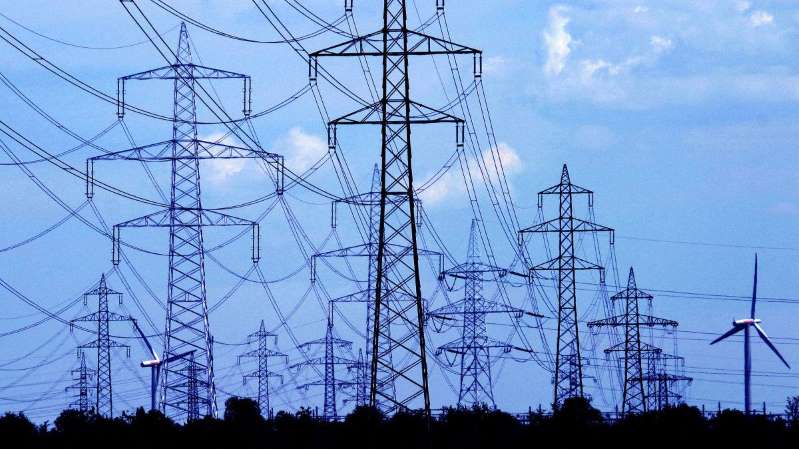An increase was recorded after the waiver of shutdowns expired at the end of June.

Electricity pylons.
The shutdown of gas and electricity increased again from July – after the corona-related waiver of shutdowns expired. In September, according to E-Control data, a high and again almost the level of the previous years was reached. In October and November it went down again. The shutdowns in these two months were also below the values of the previous years.
In the spring of the corona crisis, the energy industry voluntarily waived the shutdown of electricity, gas or heat in the event of default for households and small corporate customers. This was valid from March 25th and expired at the end of June. There are now only individual solutions.
In the period from April to July there was an extreme decrease in shutdowns, said Christina Veigl-Guthann, head of the end customer department at E-Control in a webinar by the regulatory authority on Wednesday.
In October and November the shutdowns were again below the value of September and also the average of previous years. In April there were just 79 power cuts and 30 gas cuts. In July, the number of power cuts due to breach of contract disconnections was around 1,260, in September around 2,370 and in November around 1,800. In the case of gas, there were 460 in September and around 250 in November. In 2019 as a whole, there were around 32,900 power cuts or 0.65 percent.
Installment payment agreements
Part of the Corona package from spring were also installment payment agreements, which were used around 7,200 times for electricity, as well as reductions in advance payments (around 24,000) and deferrals (19,120). In the case of gas, the numbers were significantly lower with around 2,650 installment payment agreements and around 8,300 deferrals.
The waiver of reminder fees, default interest and other collection costs such as debt collection also played an important role, according to Veigl-Guthann. These could amount to a multiple of the originally outstanding amount. Basic services and prepayment meters also played a minor role in 2020.
“Last reminders” went back over the course of the year after a jump in July. However, one cannot conclude from this that there are no payment problems. Customers would probably also fall back on savings to settle the bill and the e-industry may also offer more goodwill solutions. But there are no numbers for this.
There is room for improvement in terms of exemption from green electricity subsidy costs for low-income households. In 2019, these 130,000 beneficiaries made use of it, which was less than half of those entitled.

